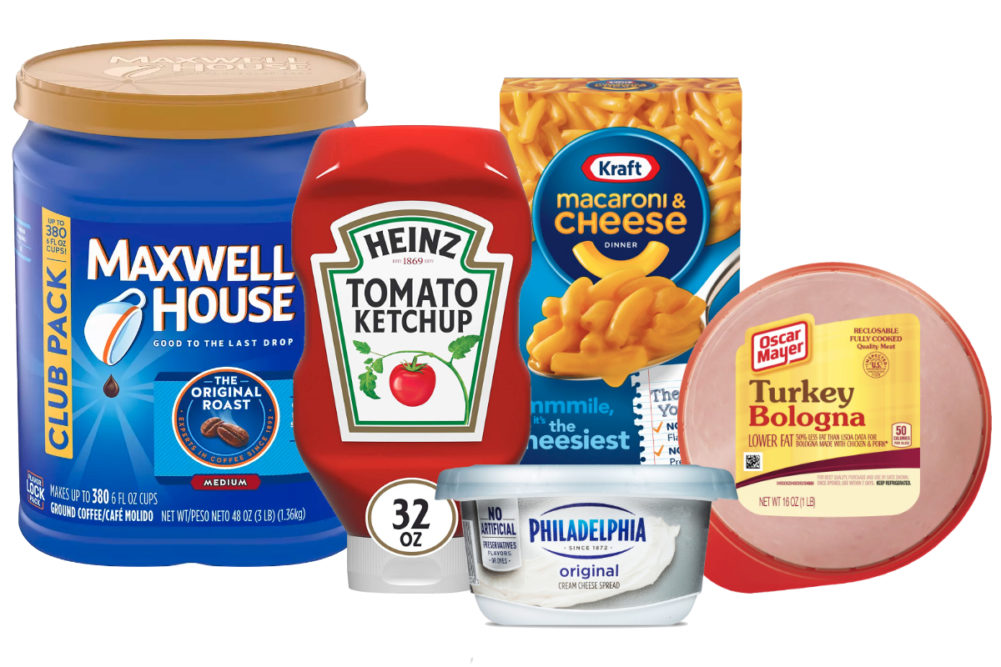PITTSBURGH — The heavy headwinds of inflation are hitting the food industry hard in 2021, but the Kraft Heinz Co. has plans in place, most notably pricing, to protect its goals for the fiscal year. The company remains on track to deliver $400 million in gross efficiencies planned for this year and to reach a five-year target of $2 billion in savings, said Miguel Patricio, chief executive officer.
“And to address the three topics we are most often asked about these days — inflation, inflation and inflation — we do not see recent inflationary pressures getting in the way of our strategic progress,” he said in prepared remarks when Kraft Heinz reported second-quarter financial results on Aug. 4.
Pricing for Kraft Heinz was up 1.5 percentage points in the quarter ended June 26 when compared to the previous year’s second quarter. Growth in each reporting segment reflected favorable trade expense timing in the United States as well as higher, inflation-justified pricing in foodservice and retail channels.
“So what I can say is our actions that we have taken in pricing had covered the majority of the portfolio, and that actually has quite a bit of a wide range of percentage increases,” Mr. Patricio said in an Aug. 4 earnings call.
Inflation in the second quarter came from ingredients, including soybeans and edible oils, along with packaging and transportation, said Carlos A. Abrams-Rivera, US zone president, in the earnings call. Resin costs increased recently as well, he said.
Input costs have continued to increase since April, said Paulo Luis Araujo Basilio, global chief financial officer, in the earnings call.
“Now we are expecting inflation still in the mid-single-digit range for the full year, but now it's slightly above the midpoint of the mid-single-digit range,” he said, adding Kraft Heinz is using multiple revenue management levers, including lease price actions, to manage inflation.
Kraft Heinz in the quarter sustained a loss of $27 million, which compared with a loss of $1.65 billion in the previous year’s second quarter. Net sales of $6.62 billion were down 0.5% from $6.65 billion in the previous year’s second quarter. The divestiture of the nuts business, which closed in the second quarter, had a negative impact of 0.7 percentage point. Organic net sales decreased 2.1% from the prior-year period but increased 5% from the second quarter of 2019.
“In the second quarter, we maintained the lion’s share of extraordinary gains we had in 2020,” Mr. Patricio said in prepared remarks. “As a result, organic net sales grew 5% versus the same period in 2019. Our bottom line also remained strong, with constant currency adjusted EBITDA up 5.5% versus Q2 2019 despite a number of headwinds.”
Kraft Heinz stock on the Nasdaq closed at $36.94 per share on Aug. 4, which marked a 5% decrease from a close of $38.94 on Aug. 3.
Adjusted EBITDA for the fiscal year should be above the $6.1 billion mark in 2019, Mr. Basilio said in prepared remarks. Kraft Heinz views comparisons to 2019 more meaningful than 2020 because of consumer demand in 2020 related to COVID-19.
“The starts and pauses to the reopening of economies around the world and challenges such as inflation and supply chain disruptions that are coming with it are a difficult aspect of our current reality,” Mr. Patricio said in prepared remarks. “Despite this, we believe our Q2 results serve as a good indication that we are, in fact, driving sustainable gains with our consumers and in our P&L (profit and loss) versus pre-pandemic levels.”
In the United States, net sales of $4.74 billion were down 3.6% from $4.92 billion in the second quarter of the previous year. When compared to 2019, second-quarter net sales increased 4.5%.
“Compared to 2019, nearly two million more households bought Kraft Heinz brands in the second quarter, boosting an already high household penetration rate, while repeat rates were up eight percentage points,” Mr. Abrams-Rivera said in prepared remarks. “Additionally, spending per buyer, and per trip, both increased by roughly 10% and 3%, respectively.”
He mentioned several programs in place to leverage the scale of Kraft Heinz. One example was an “art of the burger” program for the grilling season.
“We brought together everything a consumer needs to make a mouth-watering, artisanal burger,” Mr. Abrams-Rivera said. “Customized, out-of-aisle sets brought Heinz sauces, burger buns and patties, cheese, and even fresh produce into one, easy-to-shop destination.”
An omni-channel breakfast program combines six brands, including Oscar Mayer bacon and Kraft singles.
“We activated this with 30 retailers and across e-commerce, and in one month the program generated $8 million of incremental net sales and several learnings for future programs,” Mr. Abrams-Rivera said.
For the six-month period ended June 26, Kraft Heinz companywide posted net income of $536 million, or 44¢ per share on the common stock, which compared with a loss of $1.27 billion in the same time of the previous year. Six-month net sales rose 1.6% to $13.01 billion from $12.81 billion.






